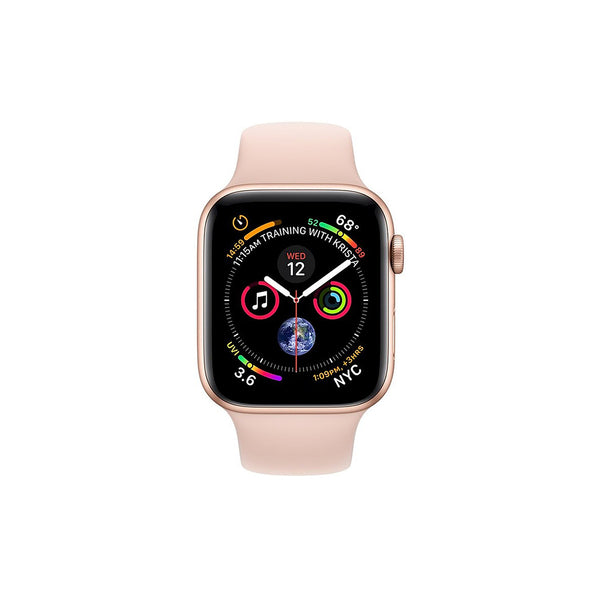Newly
This is a simple device that takes AC mains power and turns it on or off depending on the ambient CO2 levels in a room. The purpose of this is to address indoor air quality issues with filtration or ventilation while also being conscious of energy use.
The Nukit CO2 Controller uses an extremely accurate NDIR CO2 sensor (the Sensirion SCD40) on a convenient, 3-meter cable.
Suggested use:
Use one, CO2 Controller in each room. The best way to keep CO2 levels low indoors is ventilation- a shuttered exhaust fan, or fans adapted to sliding windows can be connected to the Nukit CO2 Controller and will turn on and off when the set CO2 levels are reached.
The next option is to connect the Nukit CO2 Controller to an air filter like our Nukit Tempest.
Filtration will not lower CO2 levels- it can only reduce the level of pathogens in the air and lower infection risk. When there are fewer people in the room, the CO2 level will drop of its own accord, the infection risk will be less, and the CO2 Controller will turn the filter off.
Setup:
Indoor CO2 levels should always be under 1000ppm. Between 600-800ppm may be difficult to achieve without significant energy use from an exhaust fan or filter running continuously, but it's worth trying. "Current Conc(entration)" in red shows the current CO2 level in the room.
Set the "Start Conc(entration)" on Nukit CO2 Controller to turn on at 800ppm, and the "Stop Conc(entration)" to 600ppm, using the blue arrow buttons. When you are finished, the display will look like this:
This means AC mains power will flow to the outlet on the Nukit CO2 Controller when CO2 levels reach 800ppm, and power will stop when CO2 levels reach 600ppm.
If you find the fan or filter your Nukit CO2 Controller is connected to never turns off, you might need to raise your threshold to 1000ppm to 800ppm. Using the arrow buttons, your display will look like this:
Your Nukit CO2 Controller will turn on (Start Conc) at 1000ppm, and off again (Stop Conc) once CO2 levels drop to 800ppm.
Avoid making the high and low threshold numbers closer than 100ppm or you will find your air treatment device turning on and off fairly quickly- which could shorten it's life.
There should be no need to turn the Nukit CO2 Controller off at night or when the space is unoccupied. With no one there, CO2 levels will stay low and your air treatment device will not cycle on.
Specifications:
Main Unit Size: 100mm Wide, 41mm Deep, 132mm HighSensor Size: 30mm Wide, 15mm Deep, 57mm HighTotal Weight: 310gOperating Voltage: AC100-240v, 50-60HzStandby power consumption: Less than 2WProbe type: Sensirion SCD40 photoacoustic NDIR CO2 sensorMeasurement range: 0~5000ppm (±40ppm+3%F.S)Control range: 0~5000ppm ±10ppmOutput power: 0~1000w(max)Fuse specification: 10A/250V
General overview of CO2 level's role in room air quality:
Intro to CO2 monitoring by Joey Fox (Highly recommended source on air quality issues)
Raising Student Test Scores May Be As Simple — And Cheap — As Opening A Window
Carbon Dioxide Levels May Predict Covid Risk In Your Immediate Surroundings
ASHRAE Position Document on Indoor Carbon Dioxide
Citations for effectiveness:
The relationships between classroom air quality and children’s performance in school
CO2 concentration monitoring inside educational buildings as a strategic tool to reduce the risk of Sars-CoV-2 airborne transmission
Classroom carbon dioxide concentration, school attendance, and educational attainment
SARS-CoV-2 airborne infection probability estimated by using indoor carbon dioxide
Classroom conditions and CO2 concentrations and teacher health symptom reporting in 10 New York State Schools.
Exhaled CO2 as a COVID-19 Infection Risk Proxy for Different Indoor Environments and Activities
CO2 concentration as an indicator of indoor ventilation performance to control airborne transmission of SARS-CoV-2
Nukit CO2 Controller (US/Canada)
USD 99.95
Product description
This is a simple device that takes AC mains power and turns it on or off depending on the ambient CO2 levels in a room. The purpose of this is to address indoor air quality issues with filtration or ventilation while also being conscious of energy use.
The Nukit CO2 Controller uses an extremely accurate NDIR CO2 sensor (the Sensirion SCD40) on a convenient, 3-meter cable.
Suggested use:
Use one, CO2 Controller in each room. The best way to keep CO2 levels low indoors is ventilation- a shuttered exhaust fan, or fans adapted to sliding windows can be connected to the Nukit CO2 Controller and will turn on and off when the set CO2 levels are reached.
The next option is to connect the Nukit CO2 Controller to an air filter like our Nukit Tempest.
Filtration will not lower CO2 levels- it can only reduce the level of pathogens in the air and lower infection risk. When there are fewer people in the room, the CO2 level will drop of its own accord, the infection risk will be less, and the CO2 Controller will turn the filter off.
Setup:
Indoor CO2 levels should always be under 1000ppm. Between 600-800ppm may be difficult to achieve without significant energy use from an exhaust fan or filter running continuously, but it's worth trying. "Current Conc(entration)" in red shows the current CO2 level in the room.
Set the "Start Conc(entration)" on Nukit CO2 Controller to turn on at 800ppm, and the "Stop Conc(entration)" to 600ppm, using the blue arrow buttons. When you are finished, the display will look like this:
This means AC mains power will flow to the outlet on the Nukit CO2 Controller when CO2 levels reach 800ppm, and power will stop when CO2 levels reach 600ppm.
If you find the fan or filter your Nukit CO2 Controller is connected to never turns off, you might need to raise your threshold to 1000ppm to 800ppm. Using the arrow buttons, your display will look like this:
Your Nukit CO2 Controller will turn on (Start Conc) at 1000ppm, and off again (Stop Conc) once CO2 levels drop to 800ppm.
Avoid making the high and low threshold numbers closer than 100ppm or you will find your air treatment device turning on and off fairly quickly- which could shorten it's life.
There should be no need to turn the Nukit CO2 Controller off at night or when the space is unoccupied. With no one there, CO2 levels will stay low and your air treatment device will not cycle on.
Specifications:
Main Unit Size: 100mm Wide, 41mm Deep, 132mm HighSensor Size: 30mm Wide, 15mm Deep, 57mm HighTotal Weight: 310gOperating Voltage: AC100-240v, 50-60HzStandby power consumption: Less than 2WProbe type: Sensirion SCD40 photoacoustic NDIR CO2 sensorMeasurement range: 0~5000ppm (±40ppm+3%F.S)Control range: 0~5000ppm ±10ppmOutput power: 0~1000w(max)Fuse specification: 10A/250V
General overview of CO2 level's role in room air quality:
Intro to CO2 monitoring by Joey Fox (Highly recommended source on air quality issues)
Raising Student Test Scores May Be As Simple — And Cheap — As Opening A Window
Carbon Dioxide Levels May Predict Covid Risk In Your Immediate Surroundings
ASHRAE Position Document on Indoor Carbon Dioxide
Citations for effectiveness:
The relationships between classroom air quality and children’s performance in school
CO2 concentration monitoring inside educational buildings as a strategic tool to reduce the risk of Sars-CoV-2 airborne transmission
Classroom carbon dioxide concentration, school attendance, and educational attainment
SARS-CoV-2 airborne infection probability estimated by using indoor carbon dioxide
Classroom conditions and CO2 concentrations and teacher health symptom reporting in 10 New York State Schools.
Exhaled CO2 as a COVID-19 Infection Risk Proxy for Different Indoor Environments and Activities
CO2 concentration as an indicator of indoor ventilation performance to control airborne transmission of SARS-CoV-2
You may also like

Summer of Mystery Club
GBP 38

Sportiqe Flex Fit Hat
USD 35

Srixon Z-Star
USD 15.98

Apple Watch Series 4 Gold Aluminum Case
USD 214.99

Bike thieves suck mini license plate
USD 13.12

Luigi Bosca De Sangre Blend White
EUR 13.95

Taza y plato café cortado (6uds)
EUR 2755

Lapel Pin Set
USD 15

Fuck Black Tee
USD 20.8








